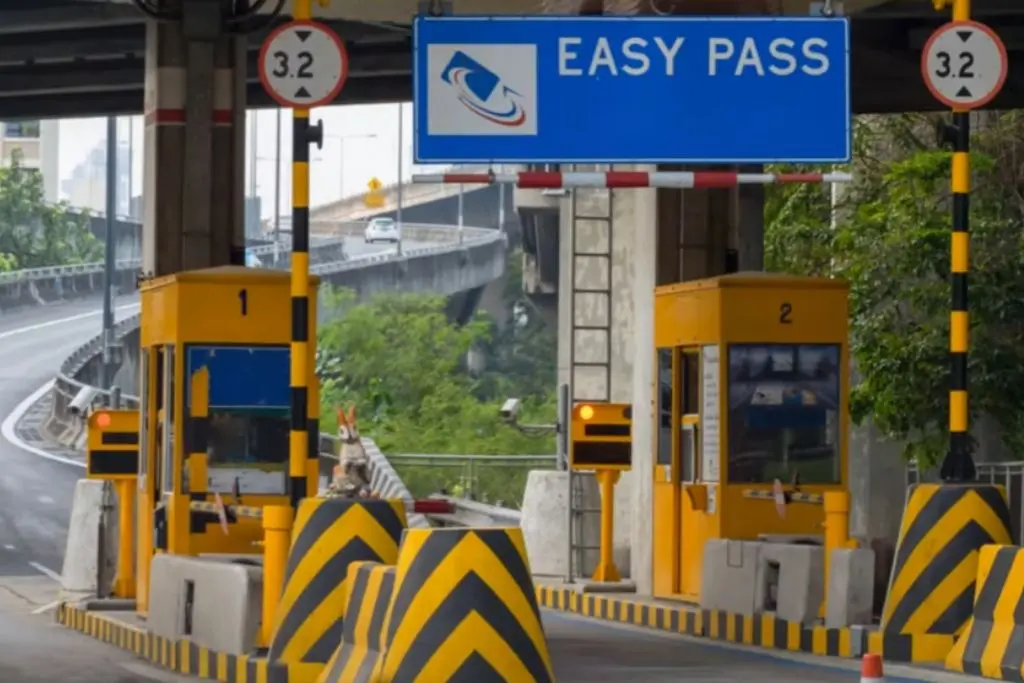Drivers at Dartford Crossing are now paying increased rates, with the car toll rising by £1 to £3.50 a journey. The change, which took effect from Monday, September 1, 2025, is the first of its kind in over a decade. It comes despite authorities insisting it is aimed at helping to control traffic and funding future infrastructure.

Reasons for the Increase
Officials have clarified that the higher prices are because of increased demand. The crossing, which links Kent and Essex on the M25 motorway, is used by more than 150,000 vehicles a day. At peak times, this can reach up to 180,000. This is well over its designed capacity and leads to chronic congestion.
Transport minister Lilian Greenwood previously said that current charged rates were not sufficient to tackle the traffic problem. Revenues from the increase will also go toward the maintenance of the crossing and a proposed new Lower Thames Crossing, designed to alleviate pressure on the original route.
Prices and Exceptions
New rates are based on the type of vehicle:
- Cars, motorhomes, and minibuses (up to nine seats): £3.50 for a crossing, or a discounted price of £2.80 if you have a Dart Charge account.
- Two-axle goods vehicles and vans: £4.20, or £3.60 if a Dart Charge account is used.
- Vehicles with more than two axles: £8.40, discounted at £7.20 with a Dart Charge account.
Motorcycles are exempt, as are all vehicles travelling between 10 pm and 6 am. Drivers from Dartford and Thurrock still have their annual permit, but it now costs £25 instead of £20. Vehicles exempt from UK vehicle tax due to a disability are also exempt from the toll.
Payment System
The Dart Charge system was introduced in 2014 and remains unchanged. You can pay online, by telephone, or at any Payzone retail outlet, either in advance or by midnight the following day. Automated number plate-reading cameras record all passages. If you fail to pay, you will receive a penalty notice.
Reaction
The move has been widely condemned by drivers and opposition parties. It was described by the RAC Foundation as a “cash cow” for the government, with critics noting that the crossing was paid for years ago. Commentators also reference a government pledge from 1999 that tolls would be removed once costs were recovered.
The Road Haulage Association has said the rise will put even more pressure on businesses, and prices will likely increase as costs are passed on to customers. Companies with large fleets have also voiced concerns about the greater financial strain.
Background
Tolls were first charged at the Dartford Crossing in 1960. Despite the Queen Elizabeth II Bridge debt being repaid in 2002, a road user charge was implemented to manage demand. It was last increased in 2014 when the Dart Charge system was introduced.
The government maintains the recent increase is necessary to handle traffic and pay for future development. Controversy continues over whether the toll is justified and should remain, with some opponents proposing alternative congestion management solutions for the region.
Calls for a Review
Various MPs and local pressure groups have demanded a reassessment of the crossing’s toll policy. They feel that successive increases are unfairly impacting commuters and small businesses. Suggestions have included greater exemptions for local drivers or capping future rises based on inflation rather than ad hoc reviews.
Environmental Concerns
Environmentalists are also split on the issue. Some see higher tolls as a way to deter non-essential travel and cut emissions. Others worry that congestion will simply be relocated elsewhere. This is one more complicating factor in long-term transport planning for the Thames Estuary.
Future Outlook
Even with the Lower Thames Crossing set to be completed in several years, the Dartford Crossing will likely remain under strain. Traffic modelling confirms that demand will continue to increase with local population and economic growth. Pressure on the road network and on the government’s charging policy is therefore expected to continue.


